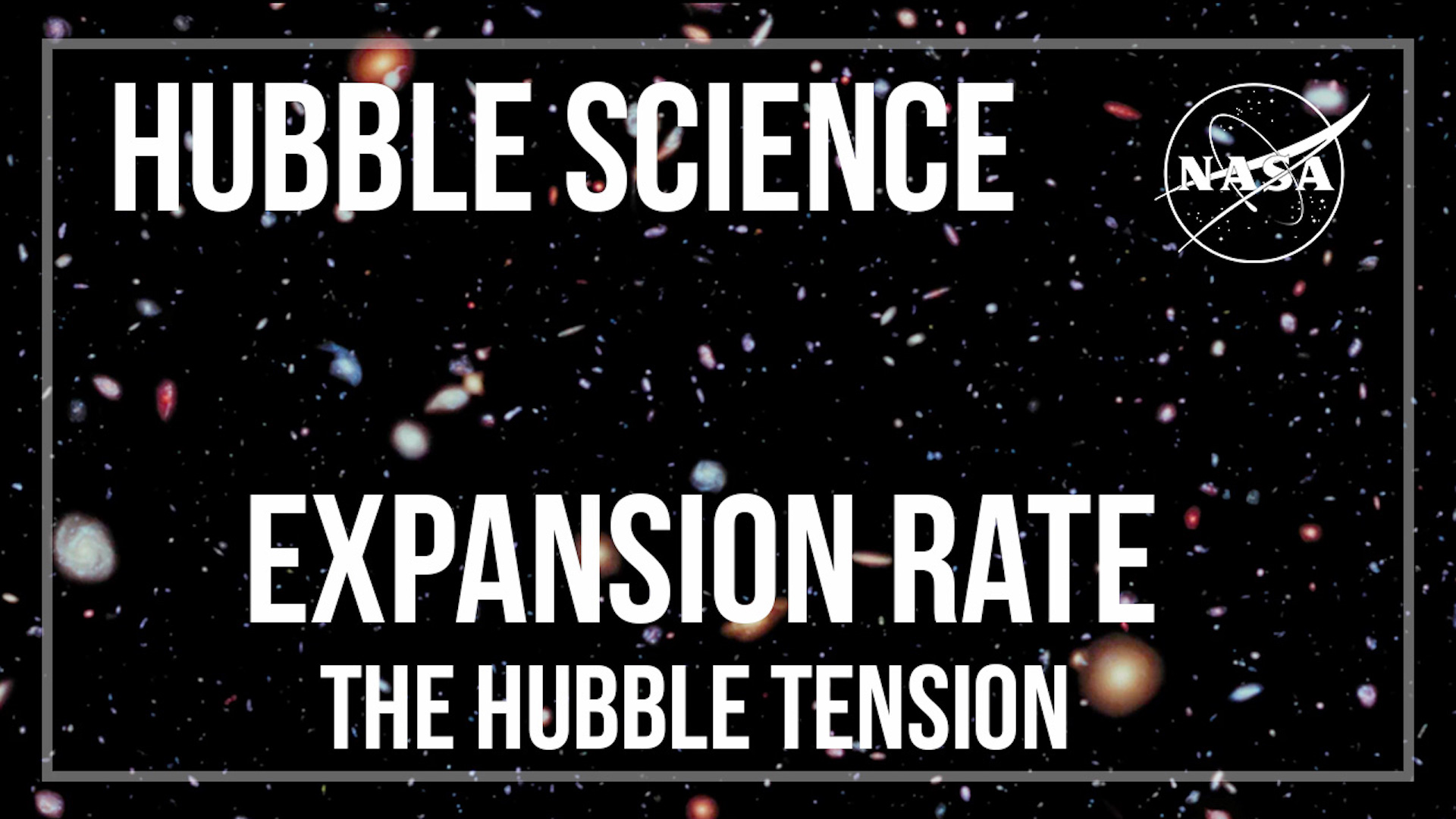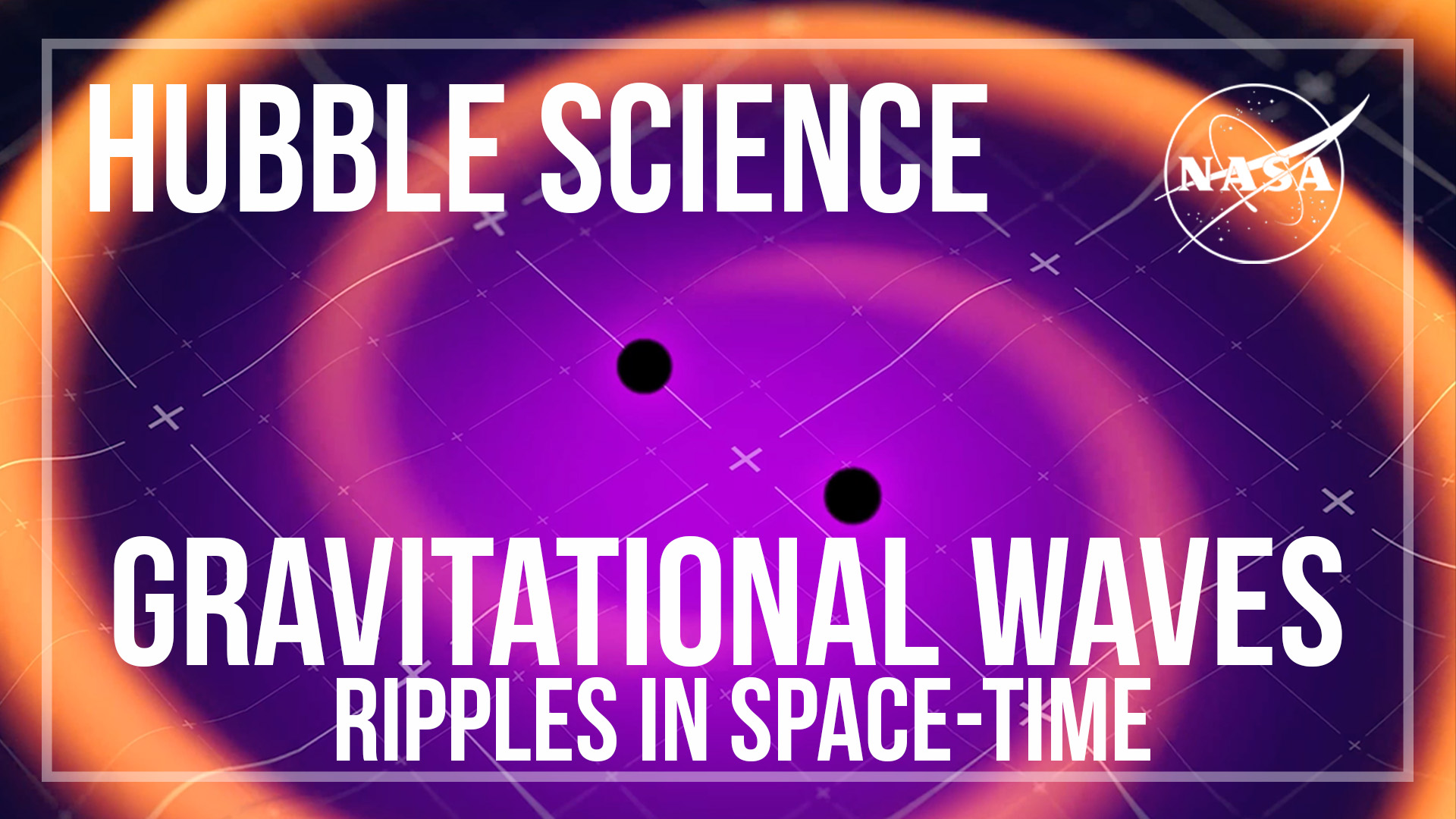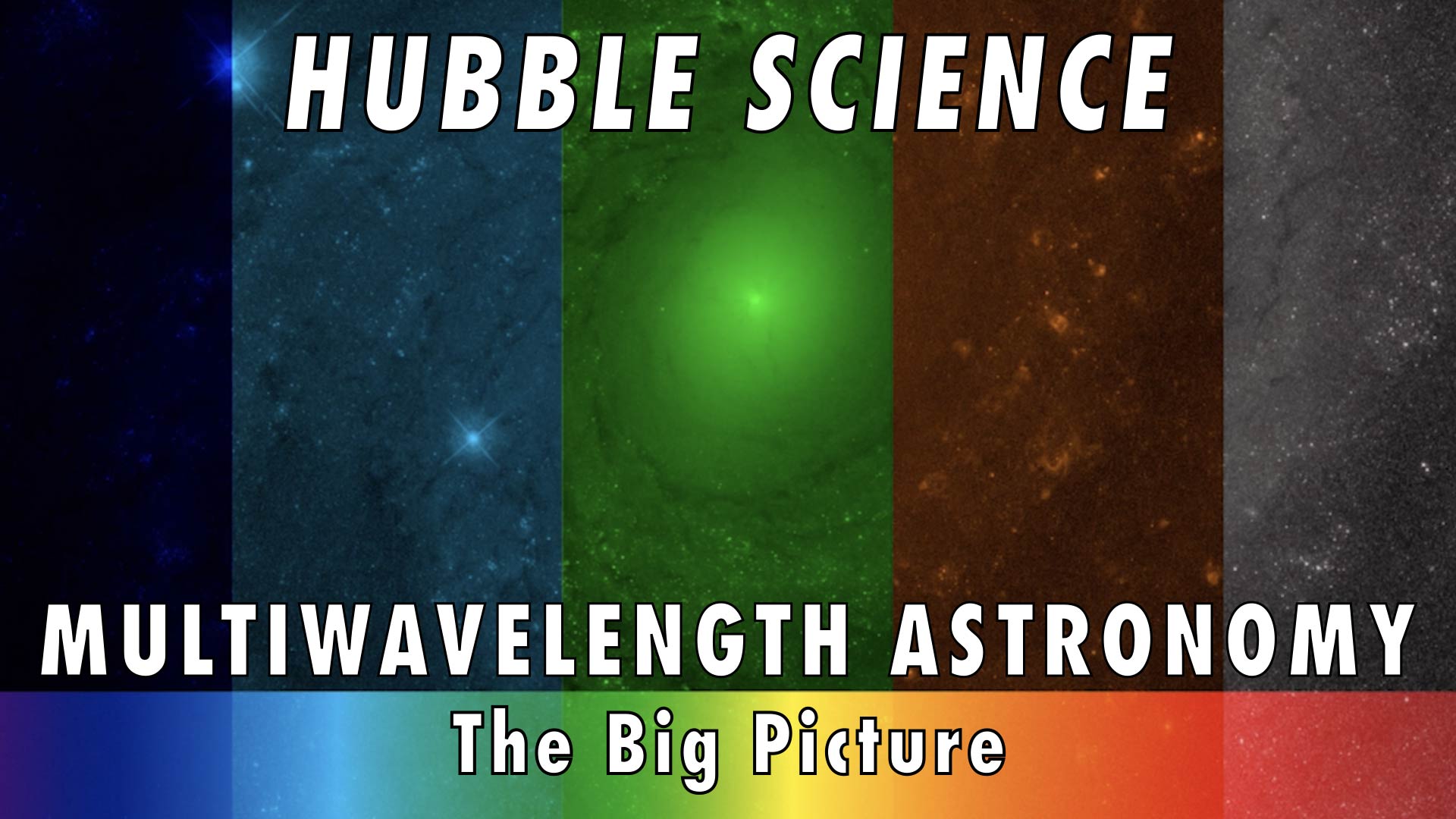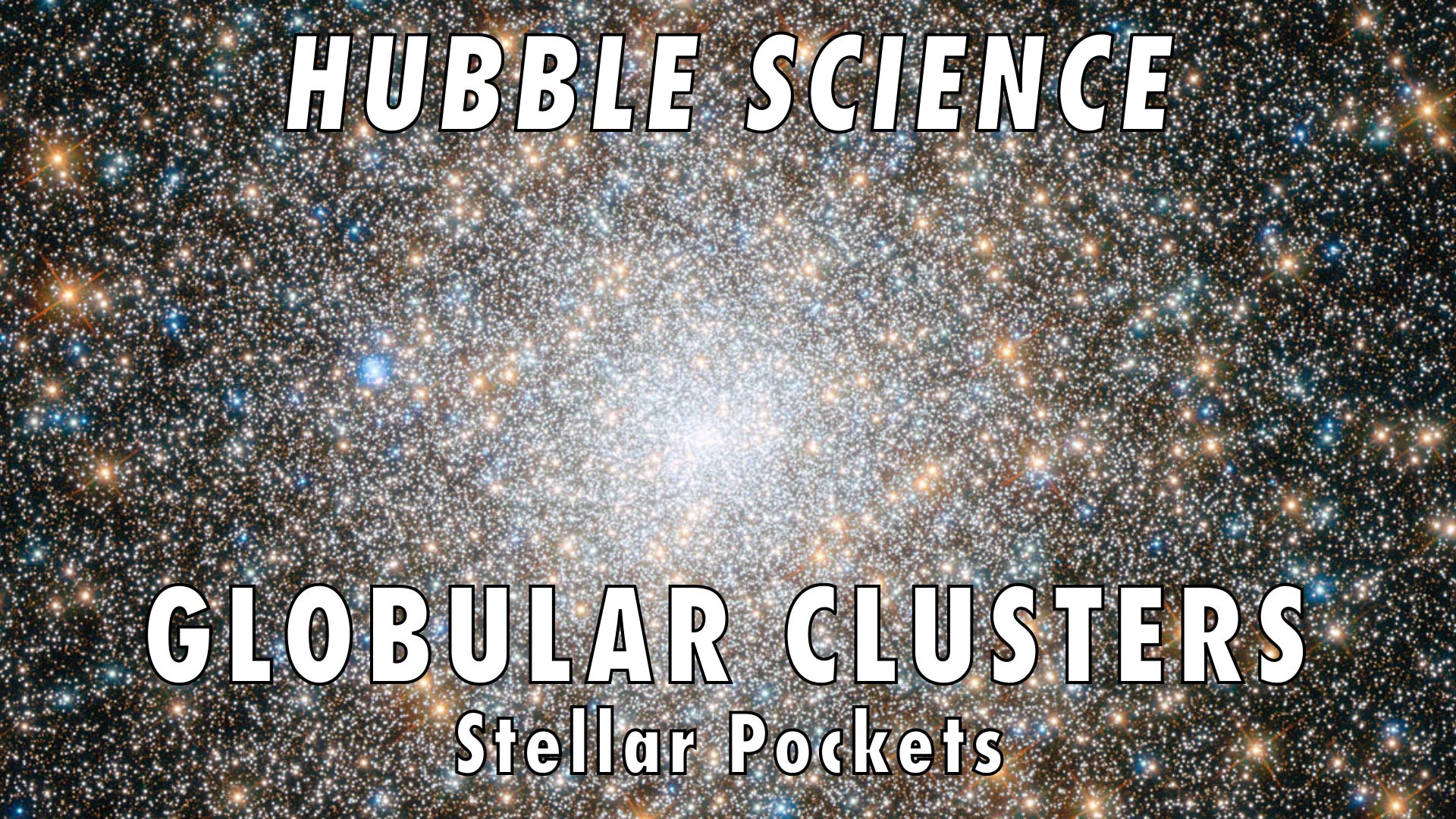Hubble Science: Planetary Missions, Fossils of our Solar System
When the Hubble Space Telescope launched, one of its main goals was to learn more about our incredible universe.
While we’re used to Hubble images coming from thousands of light-years away, Hubble is also capable of looking at objects in our solar system. Using Hubble, astronomers have been able to help planetary missions, like New Horizons and Lucy, plan out their own discoveries.
For more information, visit https://nasa.gov/hubble.
Credit: NASA's Goddard Space Flight Center
Producer & Director: James Leigh
Editor: Lucy Lund
Director of Photography: James Ball
Additional Editing & Photography: Matthew Duncan
Executive Producers: James Leigh & Matthew Duncan
Production & Post: Origin Films
Video Credits:
Hubble Space Telescope Animations
Credit: M. Kornmesser (ESA/Hubble)
Lucy Mission Animations
Credit: NASA GSFC Conceptual Image Lab & NASA’s Scientific Visualization Studio
New Horizons Animations
Credit: NASA/JHUAPL
Music Credits:
“Cosmic Call” by Immersive Music via Shutterstock Music
“Night Call” by Timothy Paul Handels [SABAM] via Pedigree Cuts [PRS] and Universal Production Music
Master Version
Horizontal version. This is for use on any YouTube or non-YouTube platform where you want to display the video horizontally.
Vertical Version
This vertical version of the episode is for IGTV or Snapchat. The IGTV episode can be pulled into Instagram Stories and the regular Instagram feed.
Credits
Please give credit for this item to:
NASA's Goddard Space Flight Center. However, please credit individual items as indicated above.
-
Producer
- James Leigh (Origin Films)
-
Support
- Paul Morris (KBR Wyle Services, LLC)
-
Technical support
- Aaron E. Lepsch (ADNET Systems, Inc.)
Release date
This page was originally published on Thursday, January 19, 2023.
This page was last updated on Wednesday, May 3, 2023 at 11:43 AM EDT.






